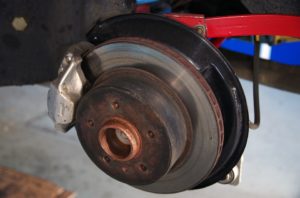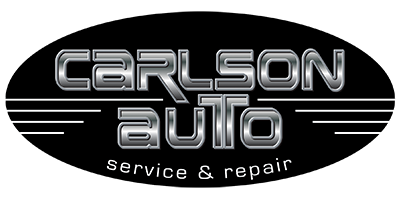 A brake inspection is always needed. Brake inspections are important, but they can be time-consuming and expensive. That’s why it’s important to have the right tools for your car. Here are the 5 best brake inspection tips for your car.
A brake inspection is always needed. Brake inspections are important, but they can be time-consuming and expensive. That’s why it’s important to have the right tools for your car. Here are the 5 best brake inspection tips for your car.
Brake Inspection Tips for Your Car
When braking, always check for proper brake system function and operation. Brake pads should be clean and free of debris, dust, or any other material that could cause clogging.
Check the brake lines for leaks, broken fittings, and other problems. If you suspect a brake system issue, bring your vehicle in to have it checked out.
How to Check the Brake System
You may notice an issue starting with your brakes, based on how quickly the respond when you apply the brake pedal. If they are slow to respond, then the brakes are wearing out. There may also be other times that the pedal feels like it is sticking or hard to press down. No matter what the issue is, always make sure to contact us. We can inspect the brake pedal and system for you. When inspecting your brakes, it is important to look for any signs of play (gouging, rust, shiny patches). The more play you find, the greater the chance of a systemic failure in your brake system- this includes both individual brakes as well as the entire braking system!
Brake Inspection Tips
When inspecting your car’s brakes, always take the time to inspect both the pads and the brake system. Pad inspection is relatively easy to do and can save you a lot of time in your braking process. Here are five tips on how to do pad inspection. Check the pads regularly—at least every 30,000 miles or every 6 months, whichever comes first. This will help keep them in good condition and prevent them from degrading over time. Inspect the brake shoes—make sure they are clean and free of dust, dirt, or other debris. Check for corrosion on the lines that run between the pads and shoe——this can indicate that there is wear and tear on the brake system and may need to be replaced. Look for any tears in the lining of the shoes——these can be signs that there is too much heat being applied to the brakes, which could cause them to fail prematurely. Replace any broken pads if you find them. If there is an issue, make sure to contact us as soon as possible.
